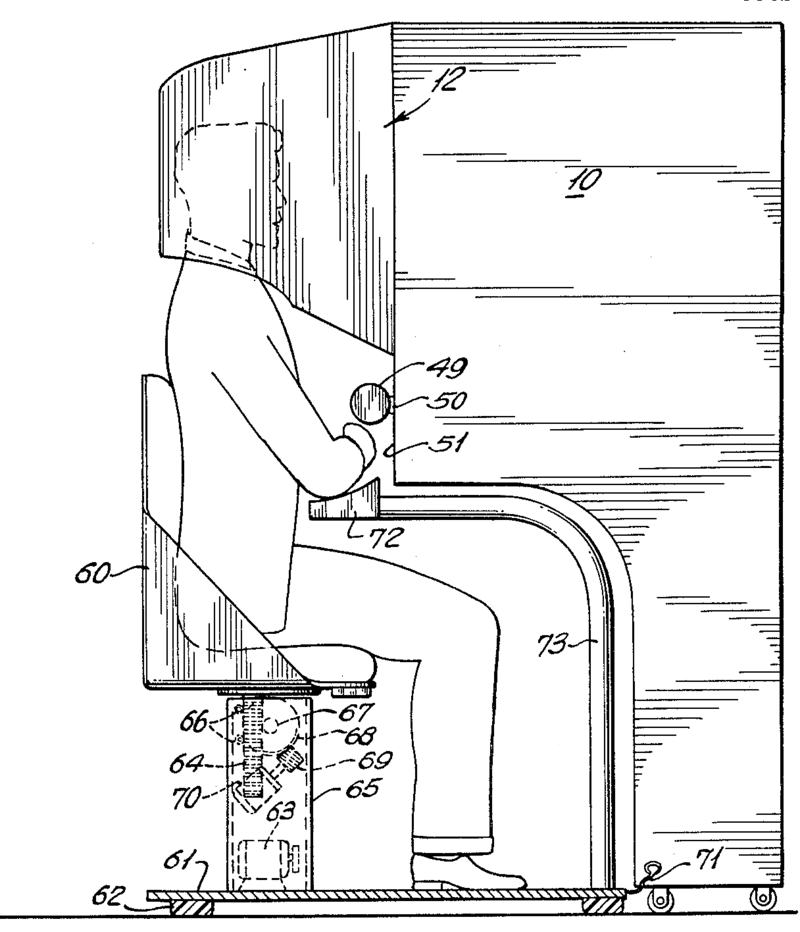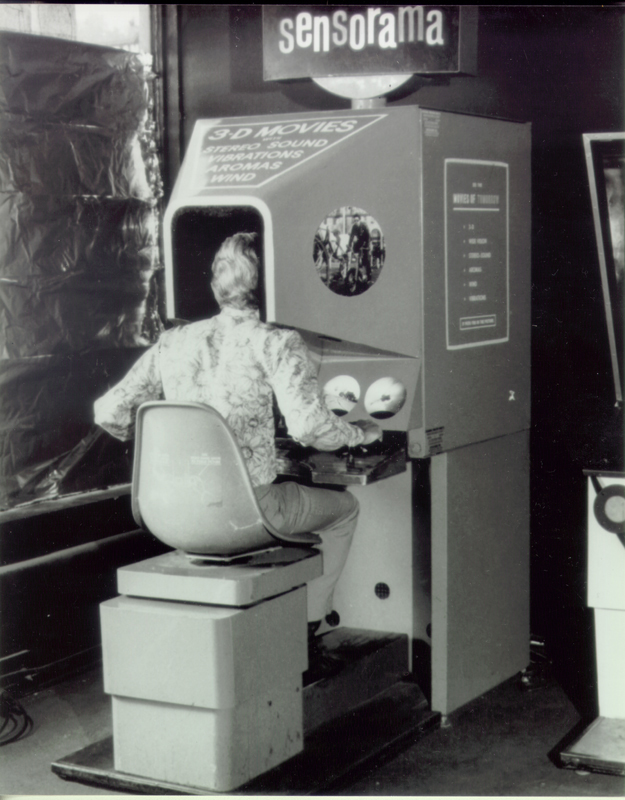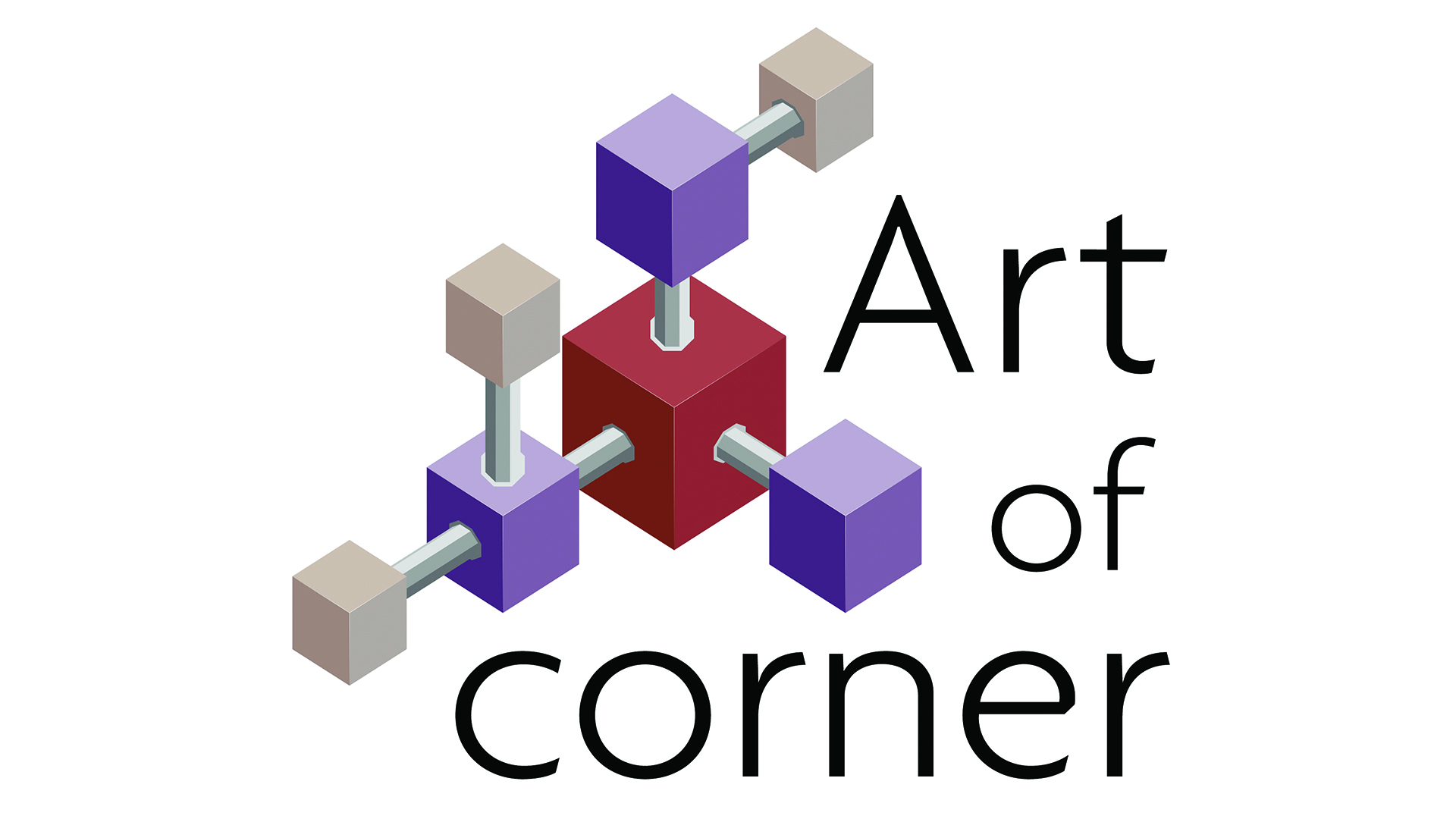Immersive technologies are technologies that seek to reproduce a real environment through artificial sensorimotor stimuli. They seek to reproduce a real or imaginary environment, to make the user believe that he is elsewhere than where he is actually physically. They allow us to live experiences, sometimes vectors of knowledge, that we could never have lived like traveling in space but also to go back in time, or to manipulate disappeared objects which only remain some fragile vestiges preciously preserved in the museum reserves.
However, the concept of immersion is far from new*. On the walls of the villas of Pompeii, the immense frescoes gave to those who looked at them the impression that the house is much more bigger than it is in reality, or to dive in natural landscapes life-size, to immerse themselves in a nature which in reality was only painting.

FRESQUE DANS UNE MAISON À POMPÉI. @RIBA — PHOTOGRAPHIE PERSONNELLE
But it is true that today, the concept of immersion is difficult to separate from this digital dimension, even less since the advent of virtual reality helmets. Since the Sensorama of Morton Heiligs in the early 60’s, many technological advances have taken place. And since 2014 and the gradual democratization of virtual reality headsets, it seems that we are immersed in a new era because never in history technology has allowed a level of immersion also pushed. Until now we always saw the screen, today, with the virtual reality, we are in the screen, we are one with him.


SENSORAMA, MOTON HEILIGS, 1962
It is in this that the VR is the technological device that offers the most immersion. But to immerse yourself in a work, a world, through a screen can sometimes be just as immersive as a VR experience. Remember the reactions of the first moviegoers who believed that the train of the Ciotat of the Lumière brothers was really on them.
Discovering a place through a tablet and an augmented reality app, exploring a painting or discovering a sculpture by manipulating its 3D version on the web, are just as immersive as watching a movie. It is the emotion felt by the user that alone can tell if the immersion is successful or not. And on this subject, each person can have a different feeling.
Digital immersion is therefore above all the feeling of being transported to another world, of being somewhere else than where our physical body is, thanks to digital technologies. Immersion is a little that part of dream that becomes more and more real.
*Virtual Art: From Illusion to Immersion , Oliver Grau, MIT Press, 2003
